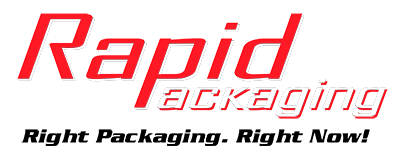We’ve covered a large number of topics on the NBB blog over the last year, but one area we haven’t spent much time talking about is using FIBCs in situations with chemicals, pharmaceuticals, and dangerous materials. That’s because for most products and applications, a standard bulk bag will suffice. However, that certainly isn’t always the case and at National Bulk Bag we pride ourselves in being an educational resource for all users and website visitors.
Pharmaceutical Applications and Food Grade FIBCs
If you’re dealing with pharmaceutical grade materials the first type of bag to inquire about is food grade bags. Food grade bags are specially manufactured to meet certain standards that make them perfect when product contamination is absolutely unacceptable.
More specifically, food grade bags are manufactured with very specific standards in mind. Two of the most important are BRC and SQF. BRC certification refers to the British Retail Consortium, a leading safety and quality certification program that is used by over 23,000 suppliers in 120+ countries (check out this blog to learn more about BRC). SQF refers to Safe Quality Food and is one of the top safety management systems recognized by retailers and food-service providers in the world (check out this blog about SQF and how it impacts food grade bags).
These standards mean these specific bags meet much higher manufacturing standards that make them safe for food applications. Because of this, these bags are often ideal for pharmaceutical companies that are usually required to adhere to very similar standards.
Dangerous Materials and UN Certified FIBCs
Ok, food grade bags can be great for some pharmaceutical applications, but what if your product/chemicals are hazardous? That’s a great question, because while food grade bags can be great for pharmaceutical materials that aren’t volatile, they are not rated to carry and hold hazardous materials and doing so can be downright dangerous.
For those applications, there are UN Certified FIBCs. These bags are specifically designed and manufactured to hold and safely transport hazardous materials. On top of the extensive testing procedures these bags go through, they are specifically labeled to easily identify the contents of the bag. This is extremely important as this labeling notifies the handler of not only the contents but where the bag has been manufactured, the weight of the bag, and other critical information (for more info on UN Certified identification and labeling standards, check out this blog).
High Temperature Products
For all things related to high temperature products and bulk bags, check out this blog post where we wrote all about it.
Thanks for reading!
 Thanks for reading all about using bulk bags with hazardous materials! We hope you found this both useful and informative.
Thanks for reading all about using bulk bags with hazardous materials! We hope you found this both useful and informative.
Download our Buyer's Guide to UN Bulk Bags and learn all you need to know about purchasing UN Certified FIBCs. By downloading, you'll get access to:
- What makes a UN certified bag different?
- UN Bag ID tag break down
- UN Bag rigorous testing procedures
- Access to a comprehensive Hazardous Materials Chart






